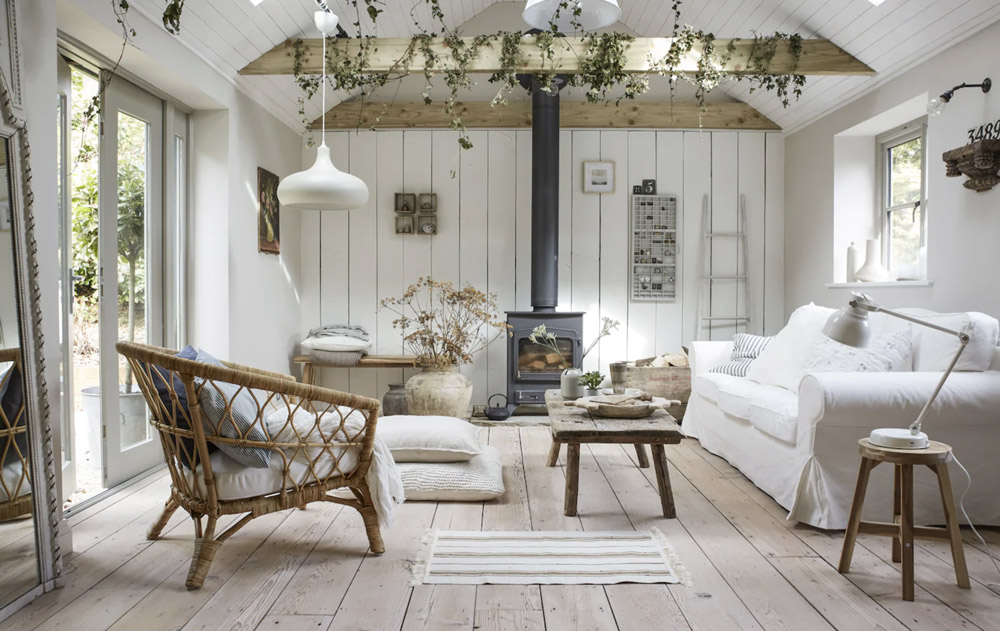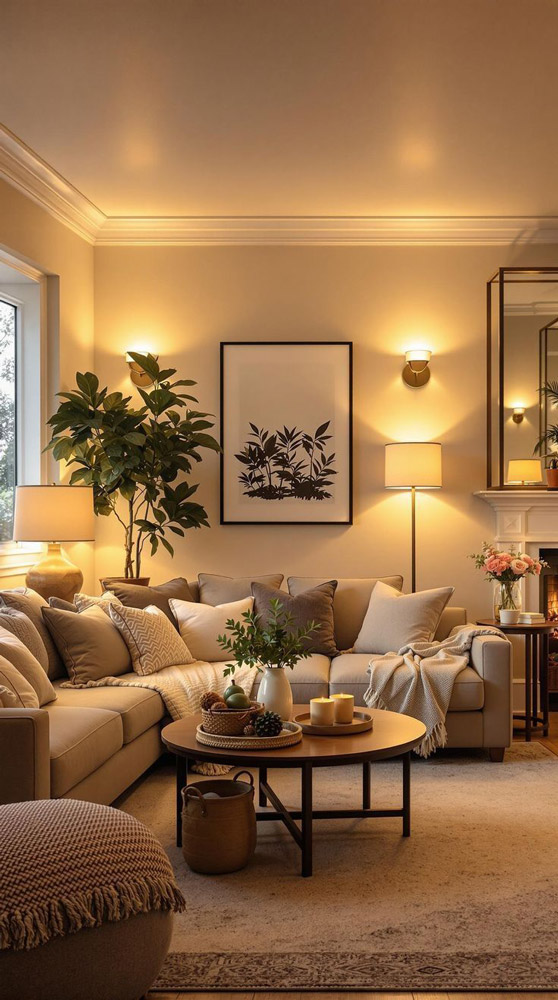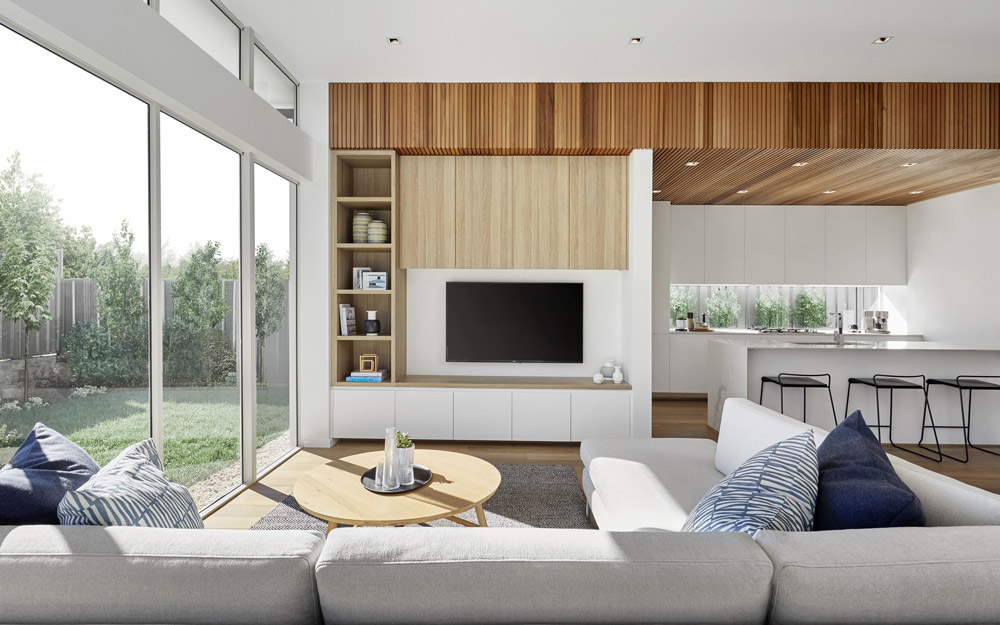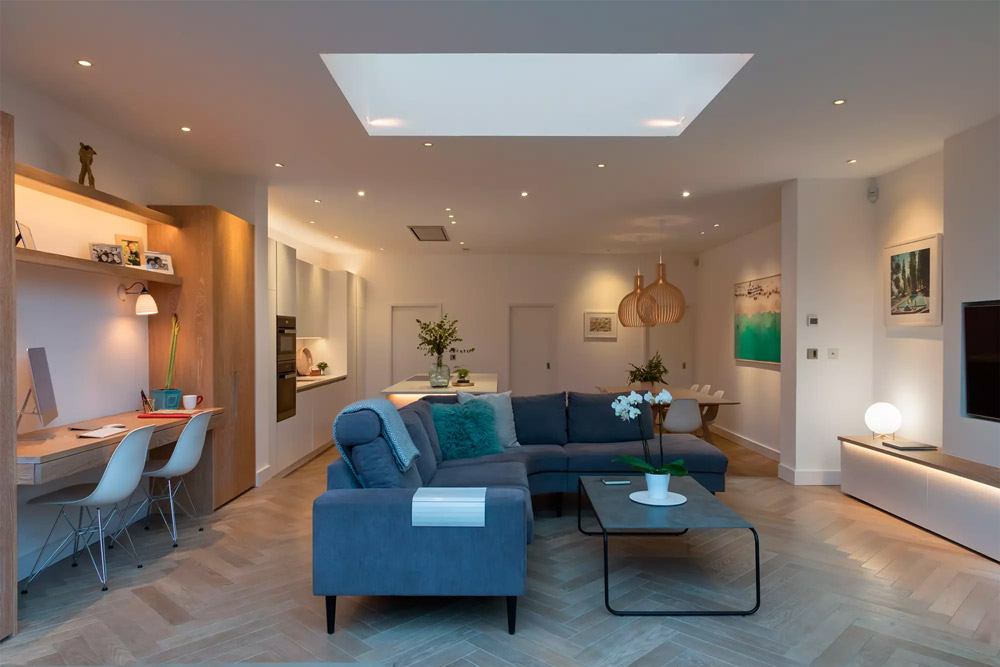Lighting is one of the most overlooked yet transformative elements in interior design. In the living room—arguably the heart of the home—it plays an even more critical role. The right lighting elevates comfort, sets the mood, and enhances the functionality of the space. Whether you’re reading, relaxing, entertaining guests, or watching TV, your lighting setup should support these activities seamlessly.
In this guide, we’ll explore how to choose the best lighting for a living room using a layered, functional, and aesthetic approach. By the end, you’ll know exactly how to balance ambient, task, and accent lighting to suit your lifestyle and design preferences.
Contents
- Understand Your Living Room’s Purpose
- The Three Layers of Living Room Lighting
- Choosing the Right Fixtures
- Light Temperature and Brightness
- Incorporating Smart Lighting and Dimmers
- Lighting Based on Room Layout and Natural Light
- Common Living Room Lighting Mistakes to Avoid
- Special Tips for Living Room Lighting Zones
- Final Thoughts
Understand Your Living Room’s Purpose
Before selecting any fixtures, it’s essential to define how your living room is used. For many people, this space is multi-functional. It may serve as a space for lounging, watching TV, reading, working remotely, or hosting gatherings. Each of these activities has its own lighting requirements.
For example, watching television requires low-glare ambient lighting that reduces eye strain. Reading in a corner nook demands targeted task lighting, such as a focused floor lamp. Entertaining guests may benefit from dimmable ceiling lights and wall sconces that create a warm, welcoming atmosphere.
Understanding your room’s core functions ensures you select lighting that isn’t just decorative but purposeful.

The Three Layers of Living Room Lighting
Design professionals recommend a layered lighting plan that includes ambient, task, and accent lighting. These three layers work together to provide both functionality and visual depth.
Ambient Lighting:
This is your primary source of illumination and forms the foundation of your lighting design. It typically comes from overhead fixtures such as chandeliers, ceiling-mounted lights, or recessed lighting. Ambient lighting fills the room with general brightness but should be soft and evenly distributed to avoid harsh shadows.
Task Lighting:
Task lighting provides targeted illumination for specific functions like reading, writing, or working. Examples include desk lamps, floor lamps positioned beside sofas, or adjustable swing-arm wall lights. Task lighting should be bright enough to reduce eye strain but focused enough not to overpower the rest of the room.
Accent Lighting:
Accent lighting adds drama, depth, and dimension. It’s used to highlight architectural features, artwork, bookshelves, or textured walls. Wall sconces, LED strips, and spotlights are all effective tools for accent lighting. It’s not always necessary, but in well-designed living rooms, it makes a significant visual impact.
Choosing the Right Fixtures
Choosing the correct lighting fixtures depends on the room’s size, ceiling height, and overall interior style. For high ceilings, consider chandeliers or hanging pendants that draw the eye upward. In rooms with standard or low ceilings, flush-mount or semi-flush fixtures are better suited to avoid visual clutter.
Style also plays a role. A modern or industrial-themed room may benefit from minimalist black metal fixtures, while a traditional living room may call for ornate glass or brass pieces. Consistency is key—your fixtures should complement, not compete with, the room’s existing decor.
Use a variety of fixtures to create layers. For example, pair a central ceiling light with floor lamps and a few wall sconces. This combination ensures a flexible, visually balanced lighting setup.

Light Temperature and Brightness
Light temperature, measured in Kelvins (K), influences the mood of a room. Warm white light (2700K to 3000K) is typically recommended for living rooms, as it creates a cozy and inviting atmosphere. Cooler temperatures (above 4000K) can feel sterile and are better suited for offices or kitchens.
Brightness is equally important. Rather than focusing on wattage, consider lumens—the actual measurement of light output. A living room generally requires 1,500 to 3,000 lumens, depending on its size and how much natural light it receives.
Layered lighting with dimmable bulbs gives you control over intensity and allows you to adapt the mood throughout the day. Dimming capabilities are especially helpful for transitioning from bright activity lighting during the day to softer, relaxing light in the evening.
Incorporating Smart Lighting and Dimmers
Smart lighting is not just a tech gimmick—it offers real functional benefits. Smart bulbs and lighting systems allow for app or voice-controlled lighting scenes. You can schedule lights to dim at sunset, turn on accent lights in the evening, or switch to reading mode with a single command.
Even without smart systems, traditional dimmer switches can greatly enhance your lighting setup. Installing dimmers on main ambient fixtures lets you control mood and brightness with ease.
For households with varied schedules or children, this adaptability is essential. Lighting that transitions throughout the day creates comfort, reduces energy waste, and supports circadian rhythms.
Lighting Based on Room Layout and Natural Light
The size and layout of your living room will directly influence your lighting strategy. Small rooms may only require two or three light sources, while larger or open-plan areas might need a more complex configuration.
Natural light also plays a crucial role. South-facing rooms tend to receive abundant daylight, reducing the need for high-output fixtures. In contrast, rooms with minimal natural light or darker wall colors may require brighter or more numerous light sources.
Consider reflective surfaces as well. Mirrors and light-colored walls help distribute light more evenly, reducing the number of fixtures needed to achieve balance.

Common Living Room Lighting Mistakes to Avoid
Some of the most common errors in living room lighting include:
- Relying solely on an overhead fixture, resulting in a flat and uninviting space
- Using overly cool or bright lights, which can feel harsh and clinical
- Forgetting to include task lighting in reading or work areas
- Failing to use dimmers or layering, reducing adaptability and mood control
- Ignoring lighting placement, leaving dark corners that make the room feel smaller
Avoiding these mistakes ensures your lighting not only functions well but also enhances the room’s ambiance and design.
Special Tips for Living Room Lighting Zones
If your living room doubles as a media room, avoid ceiling fixtures that cast direct glare on your TV. Instead, opt for low-glare ambient lighting and wall sconces behind the TV to reduce contrast and ease eye strain.
In multi-functional living rooms, use lighting zones. Place separate switches or smart controls for different areas—reading nook, entertainment zone, and conversation area—so you can independently control light levels.
For rooms with statement furniture or art, use focused accent lights to draw attention without overwhelming the space.
Final Thoughts
Choosing the best lighting for your living room requires more than selecting stylish fixtures. It’s about understanding your space, your lifestyle, and how light interacts with your layout and decor. A well-lit living room balances functionality and atmosphere through layered lighting, smart fixture choices, and adaptable technology.
Start by assessing your room’s purpose, layer your lighting accordingly, and avoid common pitfalls. With thoughtful planning, your lighting will not only illuminate your living room but also transform how it feels and functions.

